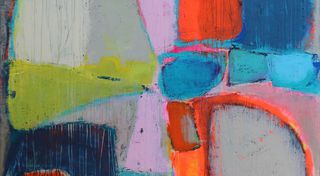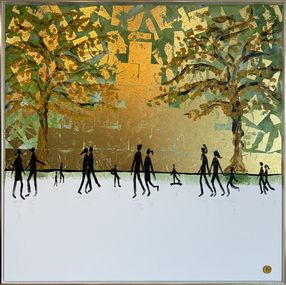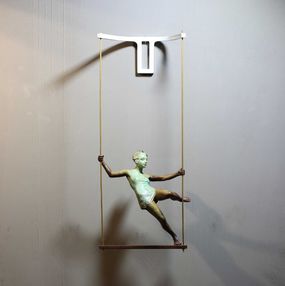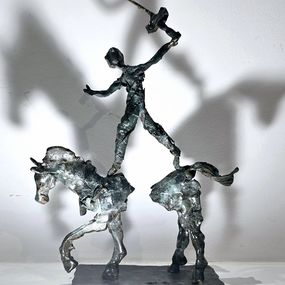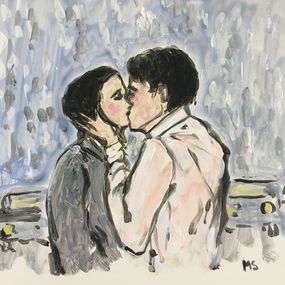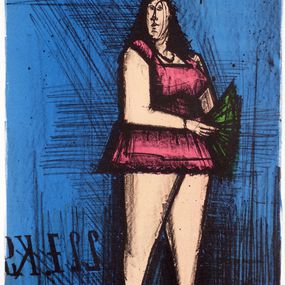
Everyday life Drawing for Sale
Drawing is undoubtedly one of the oldest forms of human expression. Even in the prehistoric times, humans used drawings to represent the world around them. Drawing has been central not only to artists learning how to capture reality but also for fashion designers wanting to sketch out designs, or architects and engineers needing to create detailed images of buildings or machines. Overtime, drawing has hugely diversified. Innovation by artists and those using drawings for non artistic purposes has resulted in the existence of a wide variety of techniques.
Genre drawing depicts everyday life with ordinary people. Although it changed overtime, even with the first prehistoric drawings we can see aspects of the daily life of men and women represented on the walls of their caves.
In Antiquity, wealthy Romans also used painted mosaics to illustrate their lives and actions in their homes, examples of this were found at the Villa Casale in Sicily (listed as UNESCO World Heritage).There is also some evidence that Romans used metalpoint (generally silver although gold, copper or lead could also be used) on paper or parchment coated with gum powder and coloured pigments to produce artworks.
Artists have always been inspired by their environment and have never ceased to represent the world around them. Drawing forms the basis of artists' understanding of the human body and the world around them. They will first learn to look carefully at the world around them. They might choose to capture simple things around them: a still life or a child playing. With colored pencils, charcoal drawings, chalks or pastels, artists have immortalized the scenes around them from ordinary actions to extraordinary festivities.
Many great masters were fond of genre scenes and everyday life drawings. While these drawings often took the form of preliminary sketches, they could also be artworks in themselves. For example, in the 17th century Rembrandt produced a substantial portfolio with hundreds of drawings, including many depicting scenes of everyday life. For example, “Saskia in Bed", a drawing in pen and brown ink, represents a nurse watching over his wife who lies ill in bed.
Everyday life drawings have evolved throughout art history but still have valued place within the visual arts, particularly in modern and contemporary art. In fact, it is one of the first courses offered to budding artists at the Ecole des Beaux-Arts. As Giacometti famously stated, “If we master a bit of drawing, everything else is possible."
Artsper offers a wide selection of drawings representing realistic, figurative or abstract scenes of everyday life. Explore works by famous contemporary artists as well as drawings by new emerging talents like Soufiane Ababri, Virginie Barré and Shadi Alzaqzouz.
Save your search and find it in your favorites
Save your search to find it quickly
Saved search
Your search is accessible from the favorites tab > My favorite searches
Unsaved search
A problem occurred

Pauline Di Valentin
Fine Art Drawings - 70 x 50 x 0.1 cm Fine Art Drawings - 27.6 x 19.7 x 0 inch
€1,500
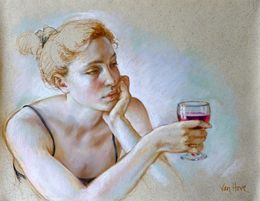
Francine Van Hove
Fine Art Drawings - 50 x 65 x 1 cm Fine Art Drawings - 19.7 x 25.6 x 0.4 inch
€3,300
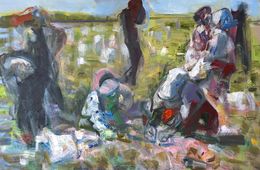
Ilia Balavadze
Fine Art Drawings - 70 x 100 x 0.1 cm Fine Art Drawings - 27.6 x 39.4 x 0 inch
€1,400


Marina Lukianova
Fine Art Drawings - 50 x 70 x 0.1 cm Fine Art Drawings - 19.7 x 27.6 x 0 inch
€1,239
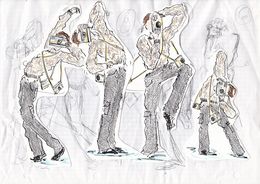
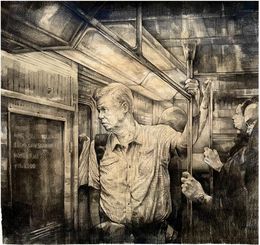
Nathan Chantob
Fine Art Drawings - 59 x 56 x 1 cm Fine Art Drawings - 23.2 x 22 x 0.4 inch
€3,200 €2,880
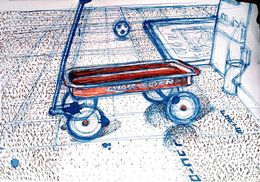

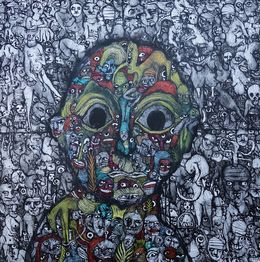
Eric Demelis
Fine Art Drawings - 80 x 80 x 3 cm Fine Art Drawings - 31.5 x 31.5 x 1.2 inch
€1,600 €1,440

Rosario Heins
Fine Art Drawings - 65 x 50 x 0.3 cm Fine Art Drawings - 25.6 x 19.7 x 0.1 inch
€2,200


Nino Devdariani
Fine Art Drawings - 34 x 43 x 0.1 cm Fine Art Drawings - 13.4 x 16.9 x 0 inch
€1,200
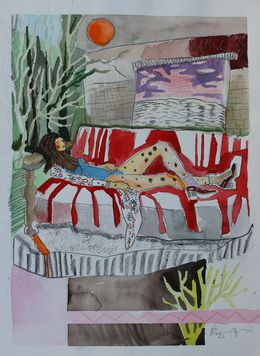
Nino Eliashvili
Fine Art Drawings - 41.5 x 29.5 x 0.1 cm Fine Art Drawings - 16.3 x 11.6 x 0 inch
€800
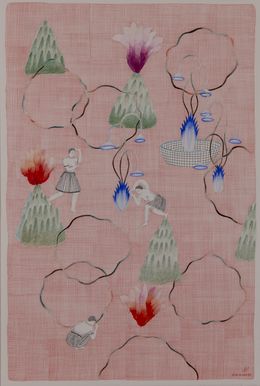


Stéphane Belzère
Fine Art Drawings - 50 x 50 x 1 cm Fine Art Drawings - 19.7 x 19.7 x 0.4 inch
€1,350
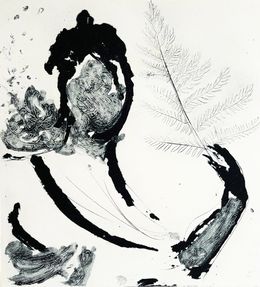
Nathalie Grenier
Fine Art Drawings - 54 x 50 x 3 cm Fine Art Drawings - 21.3 x 19.7 x 1.2 inch
€1,400
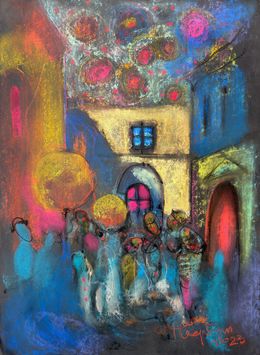
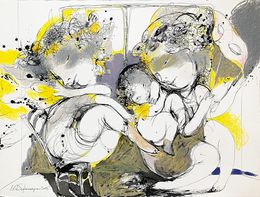
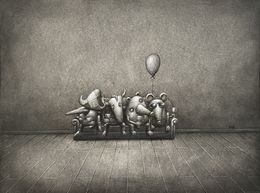

Rossella Mercedes
Fine Art Drawings - 55.6 x 36.6 x 0.2 cm Fine Art Drawings - 21.9 x 14.4 x 0.1 inch
€990


Giorgi Kukhalashvili
Fine Art Drawings - 14.5 x 23 x 0.1 cm Fine Art Drawings - 5.7 x 9.1 x 0 inch
€1,900

July Kinart (Prykina)
Fine Art Drawings - 40 x 30 x 0.1 cm Fine Art Drawings - 15.7 x 11.8 x 0 inch
€1,300
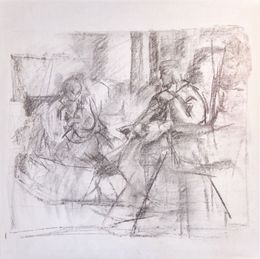
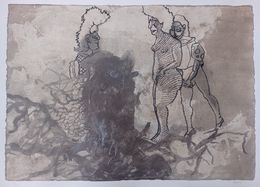

Marco Santaniello
Fine Art Drawings - 67 x 90 x 3 cm Fine Art Drawings - 26.4 x 35.4 x 1.2 inch
€4,500

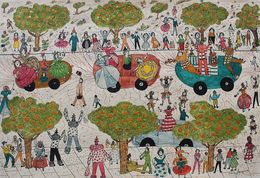
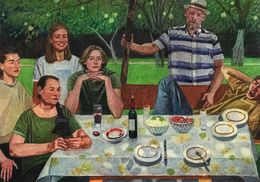
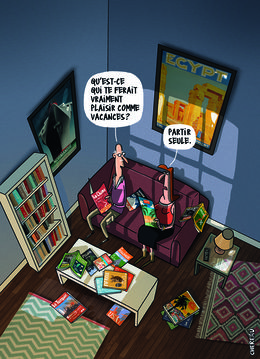
Antoine Chereau
Fine Art Drawings - 70 x 50 x 0.1 cm Fine Art Drawings - 27.6 x 19.7 x 0 inch
€1,800
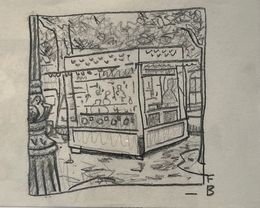
François Boisrond
Fine Art Drawings - 16 x 20 x 0.3 cm Fine Art Drawings - 6.3 x 7.9 x 0.1 inch
€450
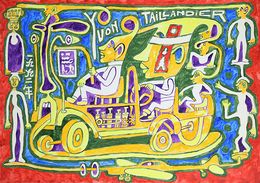
Yvon Taillandier
Fine Art Drawings - 59.5 x 84 x 0.2 cm Fine Art Drawings - 23.4 x 33.1 x 0.1 inch
€1,200


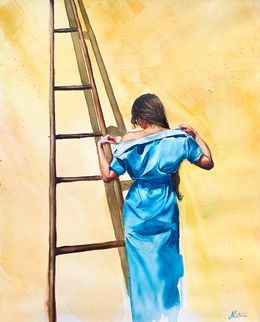

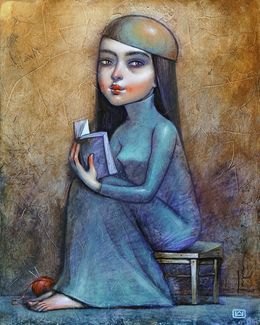
Nikolai Angelov-Gary
Fine Art Drawings - 60 x 50 x 2 cm Fine Art Drawings - 23.6 x 19.7 x 0.8 inch
€1,750


Dominique Pourchet
Fine Art Drawings - 40 x 30 x 0.1 cm Fine Art Drawings - 15.7 x 11.8 x 0 inch
€195

Mun-Hyun Cho
Fine Art Drawings - 130.3 x 162 x 0.2 cm Fine Art Drawings - 51.3 x 63.8 x 0.1 inch
€15,000

Renzo Vespignani
Fine Art Drawings - 30 x 22 x 0.2 cm Fine Art Drawings - 11.8 x 8.7 x 0.1 inch
€1,800
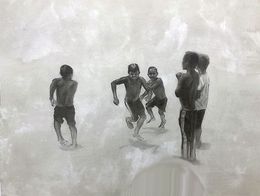
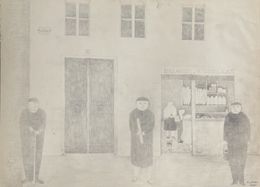
Francine Ledieu
Fine Art Drawings - 49 x 65 x 0.1 cm Fine Art Drawings - 19.3 x 25.6 x 0 inch
€2,400
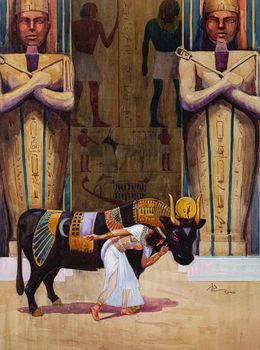
Enrico Sacchetti
Fine Art Drawings - 72 x 54 x 0.1 cm Fine Art Drawings - 28.3 x 21.3 x 0 inch
€1,500

Gino Spalmach
Fine Art Drawings - 72 x 54 x 0.2 cm Fine Art Drawings - 28.3 x 21.3 x 0.1 inch
€1,200
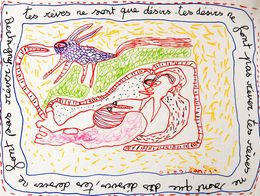
Brigitte Derbigny
Fine Art Drawings - 24 x 32 x 0.2 cm Fine Art Drawings - 9.4 x 12.6 x 0.1 inch
€300


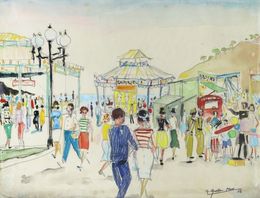
Ramon Aguilar Moré
Fine Art Drawings - 30 x 40 x 0.1 cm Fine Art Drawings - 11.8 x 15.7 x 0 inch
€2,500

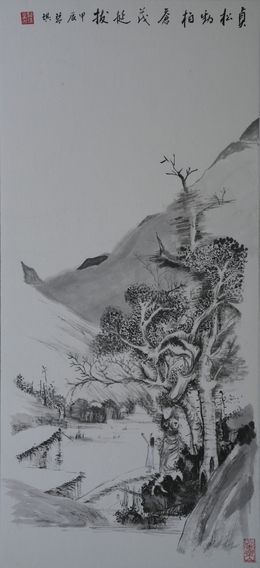

George Grosz
Fine Art Drawings - 65 x 52.5 x 0.2 cm Fine Art Drawings - 25.6 x 20.7 x 0.1 inch
€38,000
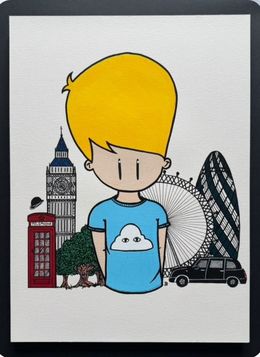

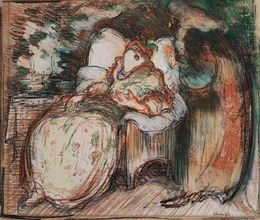
Otto II Vautier
Fine Art Drawings - 46 x 52.5 x 0.3 cm Fine Art Drawings - 18.1 x 20.7 x 0.1 inch
€1,749
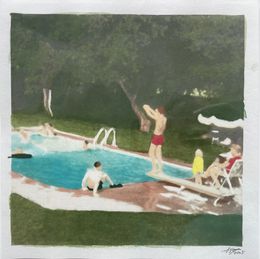
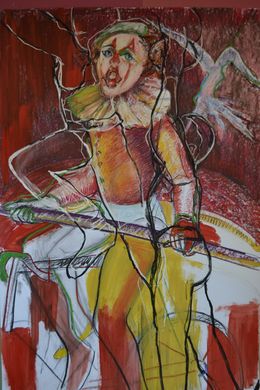

Eugène Delacroix
Fine Art Drawings - 26 x 19 x 2 cm Fine Art Drawings - 10.2 x 7.5 x 0.8 inch
€10,200
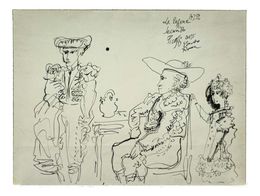
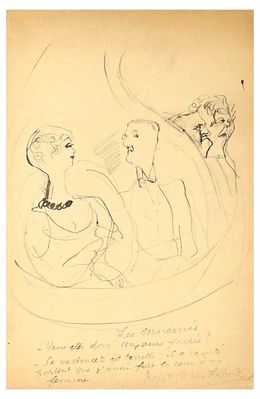

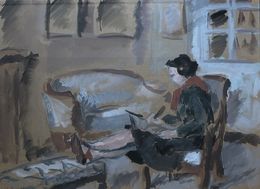
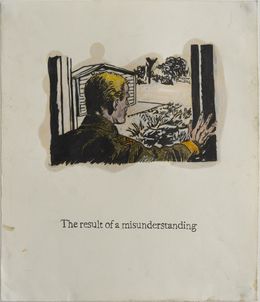
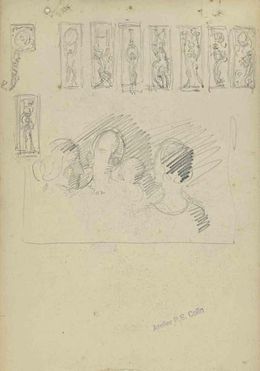
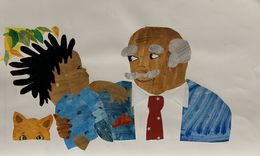
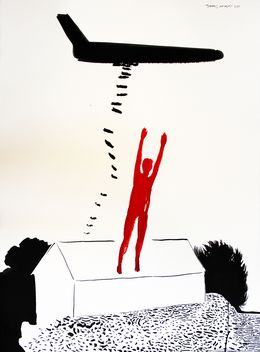

Oyewumi Oyindamola
Fine Art Drawings - 61 x 50.8 x 2.5 cm Fine Art Drawings - 24 x 20 x 1 inch
€3,096
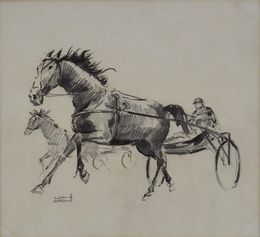
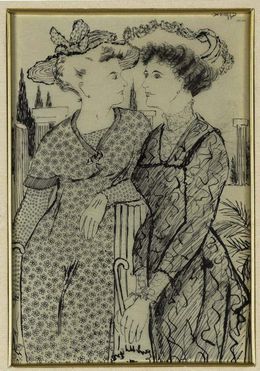
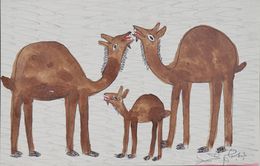


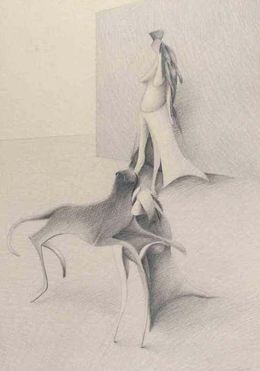

Anders Fogelin
Fine Art Drawings - 99 x 141.5 x 0.1 cm Fine Art Drawings - 39 x 55.7 x 0 inch
€2,800

Maurice Barraud
Fine Art Drawings - 13 x 18.5 x 0.3 cm Fine Art Drawings - 5.1 x 7.3 x 0.1 inch
€785
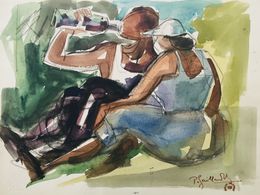


Frank Eric Zeidler
Fine Art Drawings - 26 x 21 x 0.1 cm Fine Art Drawings - 10.2 x 8.3 x 0 inch
€220

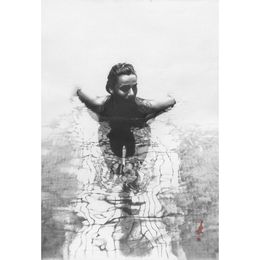

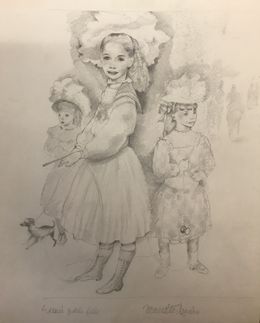

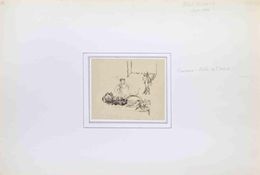
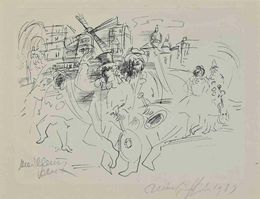




Tadeusz Kantor
Fine Art Drawings - 20 x 29.5 x 0.1 cm Fine Art Drawings - 7.9 x 11.6 x 0 inch
€11,000

Pierre Guichanne
Fine Art Drawings - 8.5 x 13.5 x 0.2 cm Fine Art Drawings - 3.3 x 5.3 x 0.1 inch
€380

Discover the styles & movements
Discover the selection of our experts
Everyday life drawing, also known as genre drawing, refers to drawings that depict ordinary life and people. Drawings representing daily life date back to prehistoric cave drawings, but they are still popular today.
Still life drawings use objects as their subject matter, which are often everyday items situated within a domestic interior setting. Common still life objects include fruit or other foods, flowers, and tableware.
Everyday life scenes were popular with 19th century artists, who used them to represent contemporary themes such as childhood, bourgeois life and work. This genre can cover many themes, often addressing issues in contemporary society.
